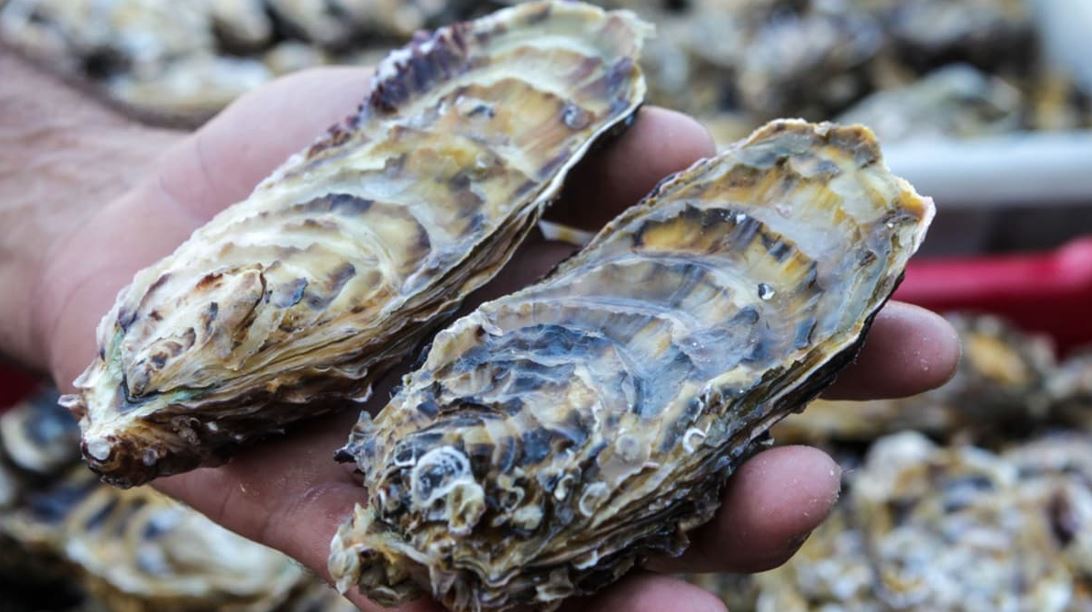 In the heart of the Chesapeake Bay, a place where oyster farming has been a staple for both the economy and the ecosystem, change is brewing. Traditional methods, while time-honored, often fall short in efficiency and can even harm the delicate underwater environment. But there’s a new wave of innovation on the horizon, led by Professor Miao Yu and a team from the University of Maryland. Backed by a generous $10 million grant from the USDA, they’re setting out to revolutionize the industry with robotics and artificial intelligence, aiming for at least a 10% boost in oyster yields.
In the heart of the Chesapeake Bay, a place where oyster farming has been a staple for both the economy and the ecosystem, change is brewing. Traditional methods, while time-honored, often fall short in efficiency and can even harm the delicate underwater environment. But there’s a new wave of innovation on the horizon, led by Professor Miao Yu and a team from the University of Maryland. Backed by a generous $10 million grant from the USDA, they’re setting out to revolutionize the industry with robotics and artificial intelligence, aiming for at least a 10% boost in oyster yields.
Professor Yu shares, “We’re looking to shift from a hit-or-miss approach to a system that’s all about precision in planting and harvesting.” The magic happens with a smart dual-robot setup. One robot dives below, equipped with high-resolution cameras to carefully scan the seafloor and capture detailed images of oyster beds. Meanwhile, its partner on the surface uses sonar to create a comprehensive acoustic map of the area. This data then feeds into an AI system that crafts a detailed map of oyster density. Farmers can then use this information to follow the best planting and harvesting routes with GPS-like accuracy.
This tech leap offers a huge step forward from outdated practices. Farmers get real-time, data-driven insights right on their phones, which not only helps increase oyster yields but also cuts down on environmental impact and reduces fuel use for fishing vessels. “Our goal is to boost production for farmers while also protecting the environment,” Yu explains. “Oysters play a crucial role in cleaning water and providing habitats for many other species, so this project is a win-win for us.”
Since the mid-1980s, the Chesapeake Bay’s oyster population has been on a worrying decline. However, with this cutting-edge technology, there’s hope for turning the tide. It promises a more sustainable and prosperous future for oyster farming, benefiting both the industry and the environment in the long run.








